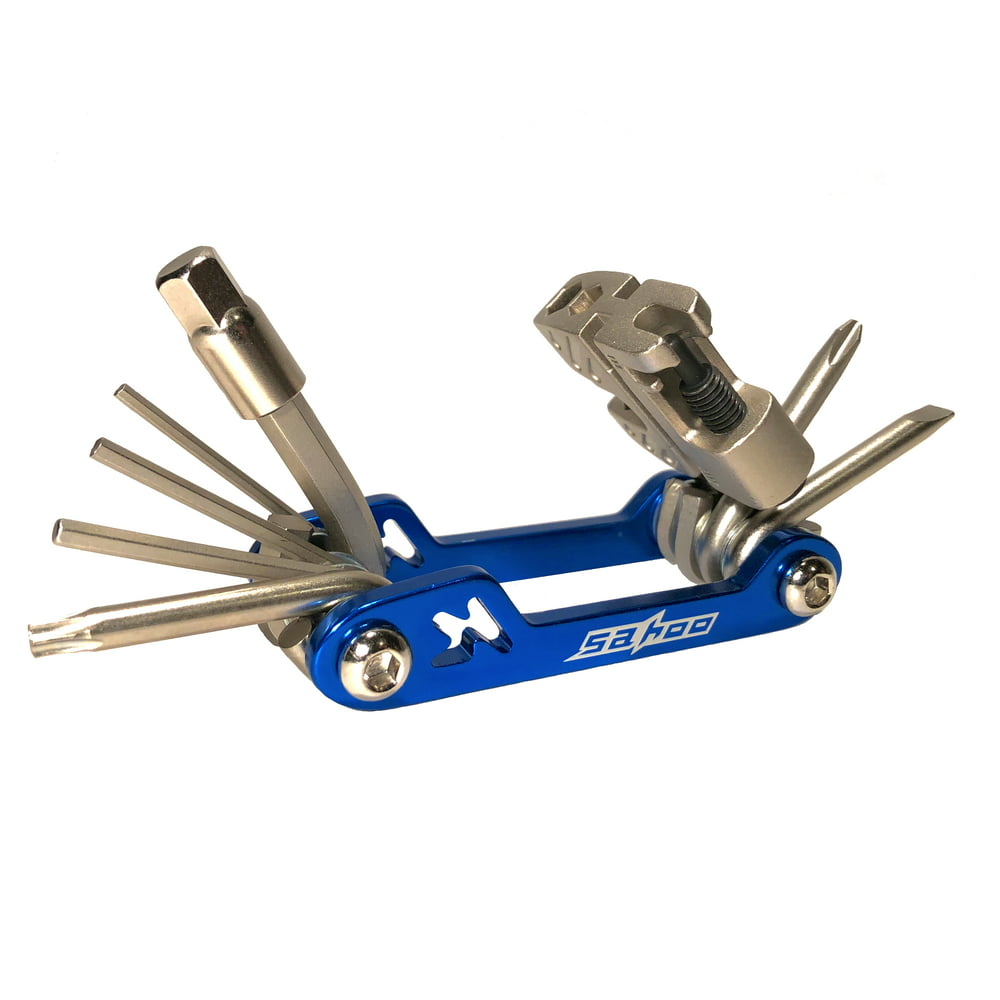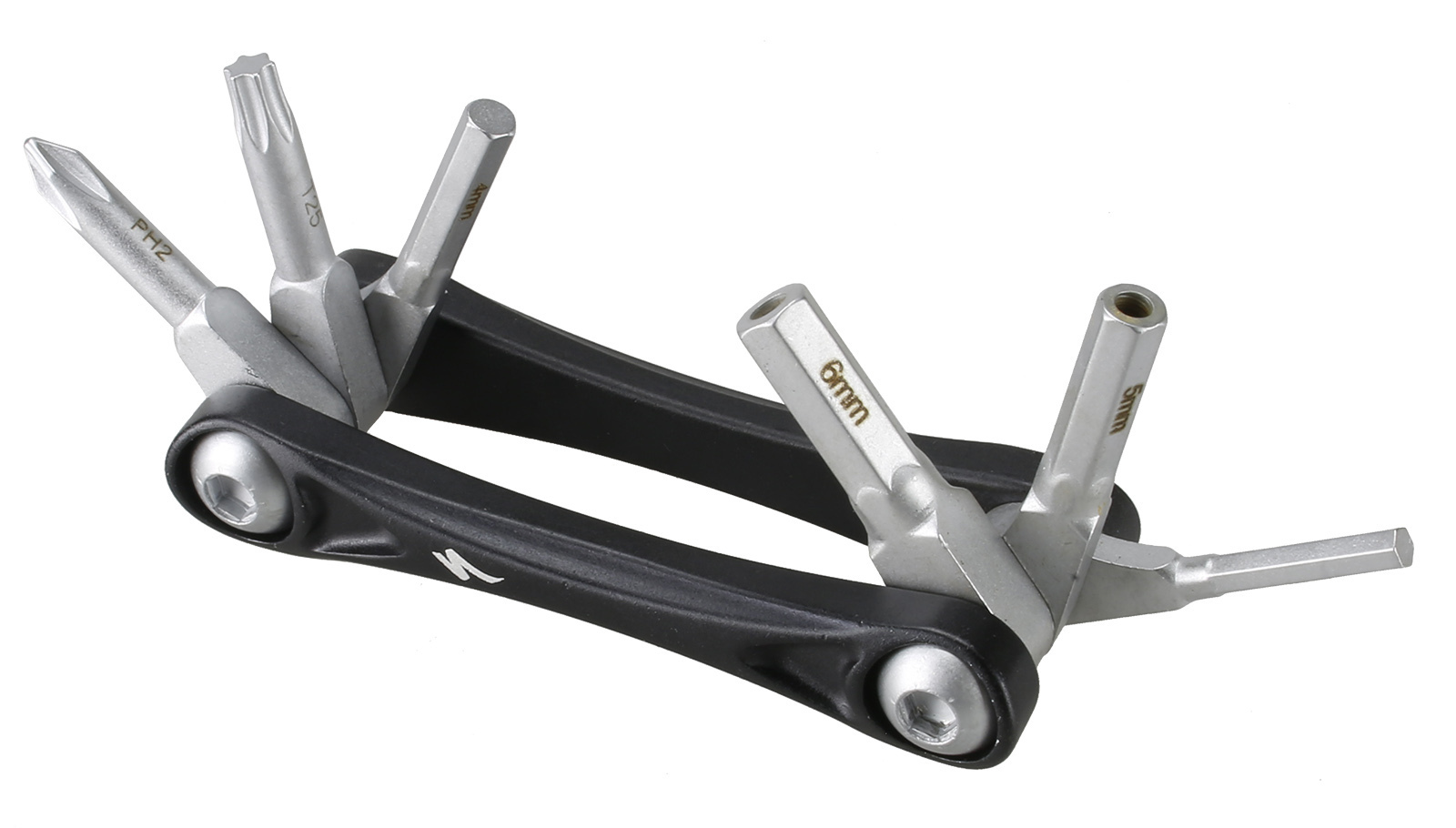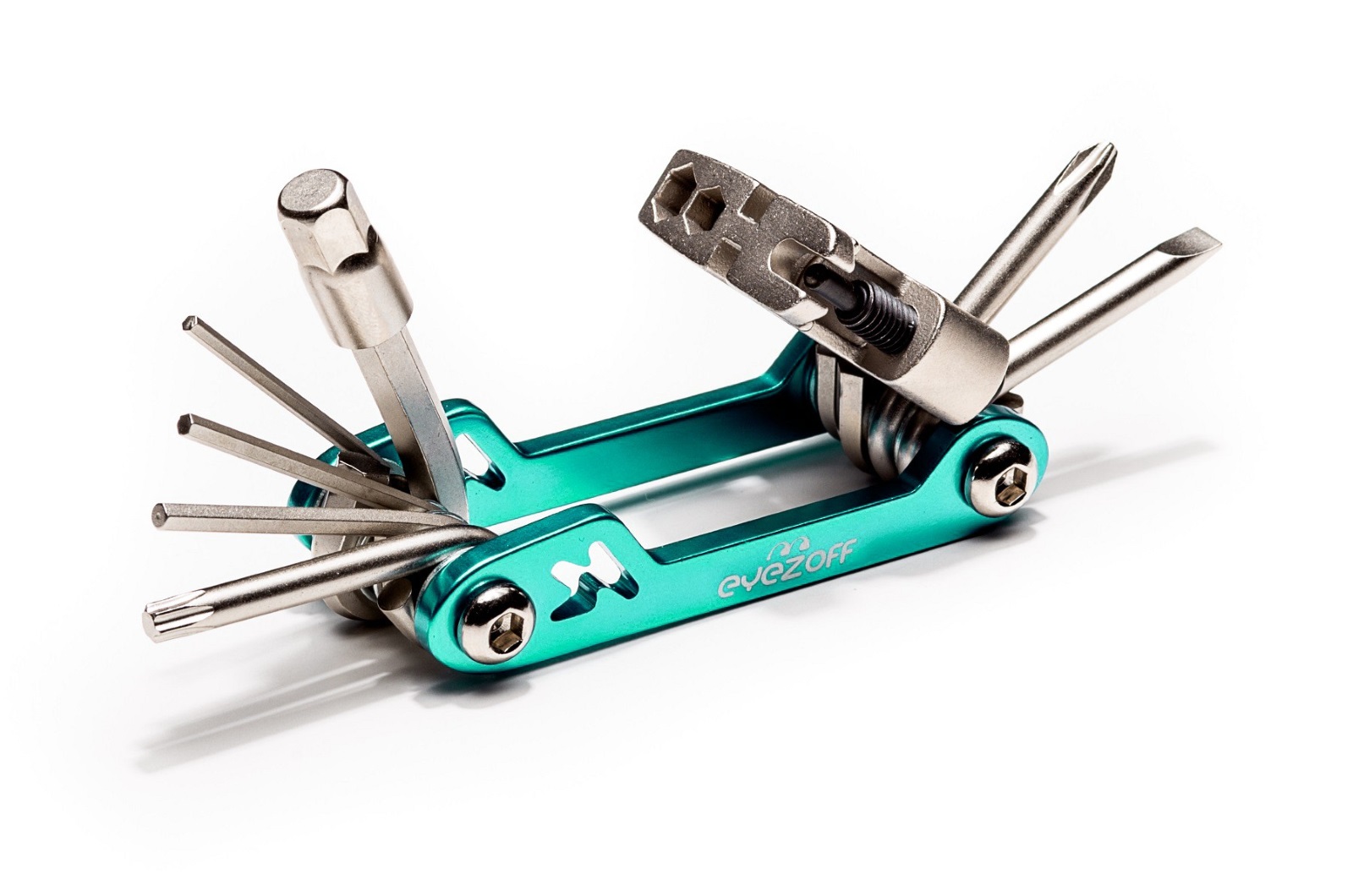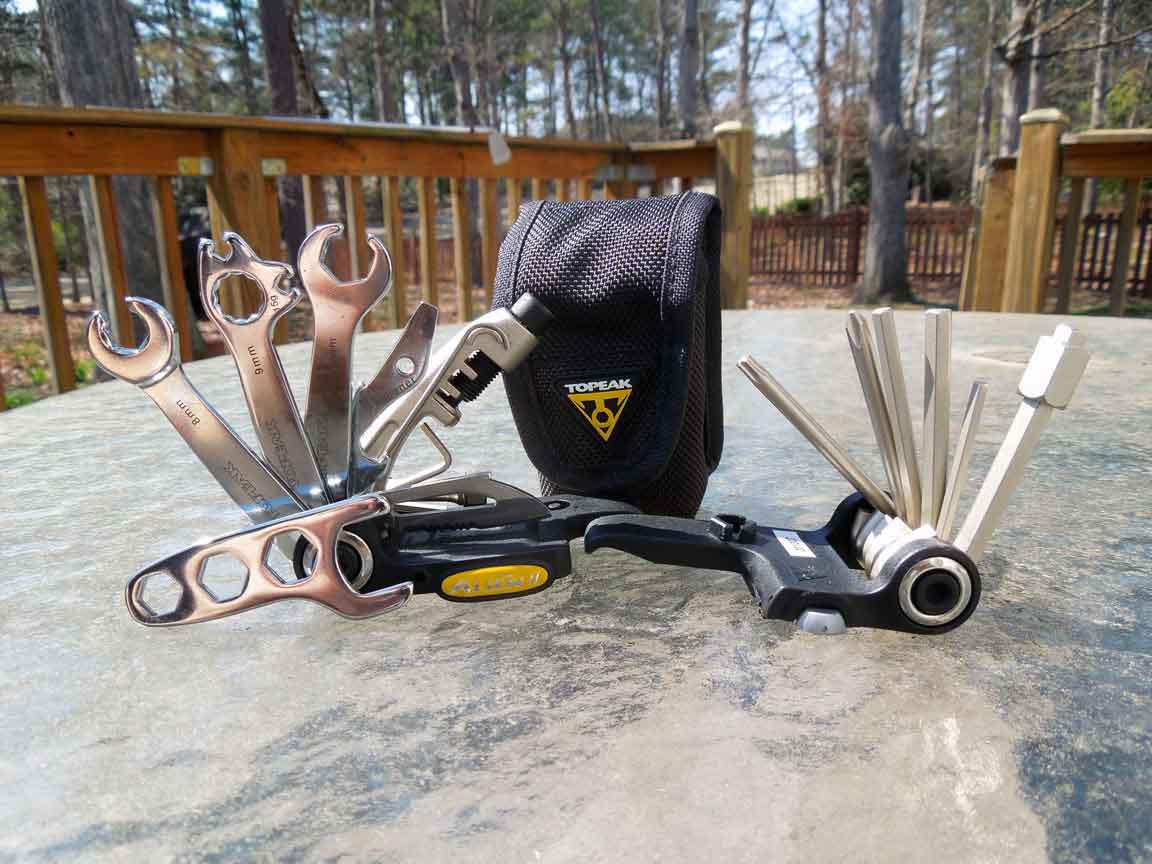I. Introduction

A. Importance of having a bike multi-tool
In the world of cycling, being prepared for any situation is crucial. Whether you’re on a leisurely ride or embarking on an epic cycling adventure, having the right tools can make all the difference. One tool that no cyclist should be without is a bike multi-tool. This compact and versatile tool can help you fix minor issues on the go and keep your bike running smoothly. In this article, we will explore the different types of bike multi-tools, their essential features, and how to choose the right one for your needs.
B. Overview of the article
This article aims to provide cyclists with a comprehensive guide to choosing the right bike multi-tool. We will begin by defining what a bike multi-tool is and its purpose. Then, we will delve into the different types of bike multi-tools available on the market, ranging from pocket-sized options to specialized tools for specific bike components. In the next section, we will explore the essential features to look for in a bike multi-tool, including versatility, quality, durability, and portability. Finally, we will provide tips on how to choose the right bike multi-tool, including assessing your bike maintenance needs, considering size and weight, reading reviews, and comparing brands. By the end of this article, you will have all the information you need to make an informed decision and select the perfect bike multi-tool for your cycling adventures.
II. Understanding Bike Multi-Tools
A. Definition and purpose

A bike multi-tool is a compact tool that combines multiple functions into one convenient package. It usually features a range of hex wrenches, Allen keys, screwdrivers, Torx drivers, chain breakers, spoke wrenches, and other tools necessary for basic bike maintenance and repairs. Its purpose is to provide cyclists with a handy tool that can help them fix minor issues while out on a ride, avoiding the need for a trip to the bike shop.
B. Types of bike multi-tools
- Pocket-sized multi-tools
Pocket-sized multi-tools are the most common type of bike multi-tool. They are compact and lightweight, designed to fit in your pocket or saddlebag without adding unnecessary weight or bulk. These tools typically feature a variety of hex wrenches, screwdrivers, and occasionally a Torx driver or chain breaker.
- Compact and lightweight options
For cyclists who prioritize weight savings, compact and lightweight multi-tools are an excellent choice. These tools are made with lightweight materials like carbon fiber or titanium, reducing overall weight while maintaining functionality. They often include essential tools like hex wrenches, screwdrivers, and spoke wrenches.
- Specialized multi-tools for specific bike components
In some cases, cyclists may require specialized multi-tools that cater to specific bike components. For example, a multi-tool designed for mountain biking may include tools for adjusting suspension settings or removing pedals. Road-specific multi-tools may include tools for adjusting caliper brakes or tightening handlebar bolts. These specialized tools offer a more targeted approach for specific maintenance needs.

III. Essential Features of a Bike Multi-Tool
A. Versatility and range of functions
When choosing a bike multi-tool, versatility is key. Look for a tool that offers a wide range of functions to address various maintenance and repair needs. Essential tools that should be included are:
- Hex wrenches and Allen keys: These are used for adjusting bolts and screws throughout your bike.
- Screwdrivers and Torx drivers: These tools are essential for tightening or loosening screws on different bike components.
- Chain breakers: A chain breaker is necessary for repairing or replacing a broken chain in the event of a mishap.
- Spoke wrenches: Spoke wrenches are used for tightening or loosening spokes, crucial for keeping your wheels true and tensioned.
B. Quality and durability
When it comes to bike multi-tools, quality and durability are of utmost importance. Look for tools made from high-quality materials like hardened steel, which ensures they can withstand regular use and endure various weather conditions. A well-built multi-tool will not only last longer but also provide a reliable and consistent performance.
C. Portability and compact design

One of the primary reasons for choosing a bike multi-tool is its portability. Look for a tool that is compact and lightweight, allowing you to carry it with ease on your rides. A compact design helps ensure that it won’t take up too much space in your saddlebag or pocket, leaving room for other essentials.
IV. How to Choose the Right Bike Multi-Tool
A. Assessing your bike maintenance needs
Before purchasing a bike multi-tool, it’s essential to assess your bike maintenance needs. Consider the type of bike you ride, the components it has, and the level of maintenance you’re comfortable performing. This information will help you determine the specific tools required and ensure you choose a multi-tool that meets your needs.
B. Considering the weight and size
Weight and size are critical factors to consider when selecting a bike multi-tool. If you’re a weight-conscious cyclist, opt for a compact and lightweight option that won’t add unnecessary bulk. However, ensure that the tool still includes all the essential functions you need for maintenance and repairs.
C. Reading reviews and comparing brands
Before making a final decision, it’s always a good idea to read reviews and compare different brands. Look for feedback from other cyclists who have used the tools you’re considering. Pay attention to comments about durability, functionality, and customer support. This research will help you make an informed decision and choose a reputable brand known for producing high-quality bike multi-tools.
When it comes to bike multi-tools, there is a range of options available at varying price points. Consider your budget and choose a tool that offers the best balance of price, quality, and functionality for your needs. While it may be tempting to opt for a budget-friendly option, keep in mind that investing in a high-quality tool will likely save you money in the long run by lasting longer and providing reliable performance.
V. Using a Bike Multi-Tool: Step-by-Step Guide

A. Basic maintenance tasks
- Adjusting seat height and handlebars
- Importance of proper seat and handlebar adjustment for comfort and performance.
- Step-by-step instructions on adjusting seat height and handlebar position using the bike multi-tool.
- Tips for finding the optimal position for individual riders.
- Tightening loose bolts and screws
- Explaining the importance of regular bolt and screw maintenance to prevent accidents and damage to the bike.
- Identifying common areas where bolts and screws tend to loosen.
- Providing a step-by-step guide on using the multi-tool to tighten various bolts and screws on the bike.
- Fixing minor chain issues
- Discussing common chain-related problems such as chain skipping or poor shifting.
- Step-by-step instructions on using the multi-tool to fix chain tension, adjust derailleur alignment, and replace a broken or damaged chain link.
- Tips for proper chain lubrication and maintenance.
B. Emergency repairs on the road
- Changing a flat tire
- Explaining the importance of carrying a bike multi-tool for emergencies like a flat tire.
- Step-by-step instructions on using the multi-tool to remove the wheel, replace the inner tube, and reinstall the wheel.
- Tips for preventing future flat tires and maintaining proper tire pressure.
- Adjusting brakes and gears
- Highlighting the importance of properly functioning brakes and gears for safe and efficient rides.
- Step-by-step instructions on using the multi-tool to adjust brake pads, brake levers, and gear shifting mechanisms.
- Troubleshooting common issues with brakes and gears.
- Replacing a broken chain link
- Explaining the risks of riding with a broken chain.
- Step-by-step instructions on using the multi-tool to remove the damaged link and attach a quick link or connect the chain using the chain tool.
- Tips for preventing chain breakage and prolonging chain life.
In conclusion, having a bike multi-tool is an essential investment for any cyclist. It allows you to tackle minor repairs and adjustments on the go, ensuring your bike remains in optimal condition. By understanding the different types of bike multi-tools, identifying the essential features to look for, and considering your specific needs, you can choose the right tool that will accompany you on countless cycling adventures. Remember, a well-chosen bike multi-tool will not only make your rides more enjoyable but also provide peace of mind knowing you’re prepared for any maintenance issue that comes your way.
